The image below gives a feel for what it must have been like to race on the public roads in 1906. The Frayer-Miller team is shown practicing.
The Haynes, Oldsmobile and Matheson entries were based on their passenger cars, as was Christie. The Oldmobile may have had even less power than the Christie. The Haynes car had 60hp and its great reliability gave it a 3rd place finish. The Matheson car also had 60hp but the engine had a single overhead cam with overhead valves, very advanced for 1906. See photo below (courtesy the Old Motor).
The Frayer-Millers were the largest air-cooled auto engines yet produced at 991cuin. They intended to show the world that their system of engine cooling was the best so far devised. Lee Frayer was the chief designer, a graduate of Ohio State University with a Mechanical Engineering degree. He also drove one of the cars in the race. He brought along a 16 year old boy named Edd to be his riding mechanic. A few years later Edd was better known as Capt. Eddie Rickenbacker, Ace of Aces, future President of Eastern Airlines and future owner of the Indianapolis Motor Speedway.
A Frayer-Miller engine is shown below.
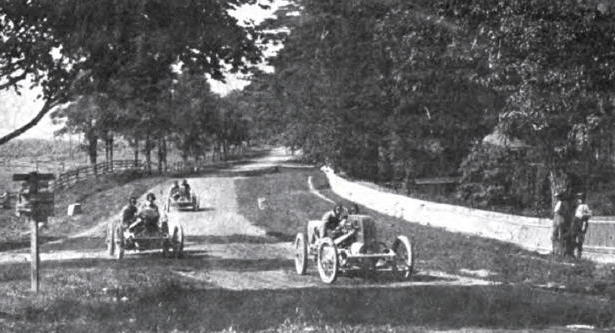
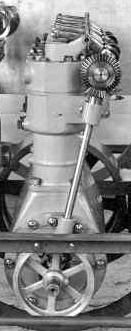
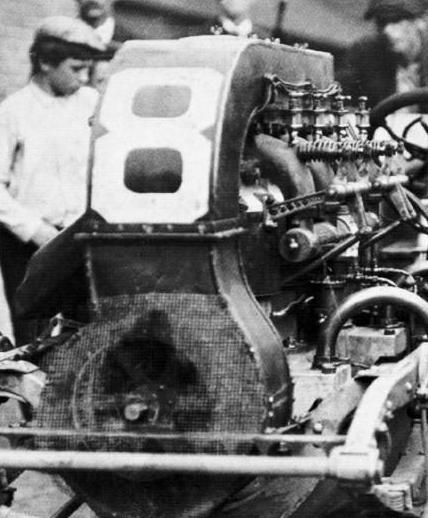

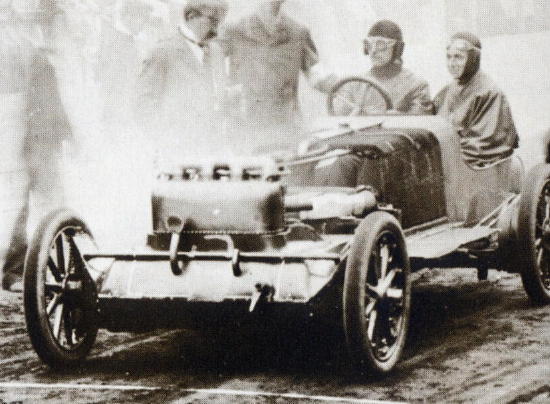
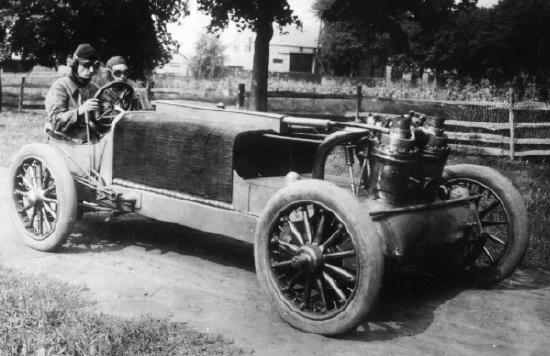
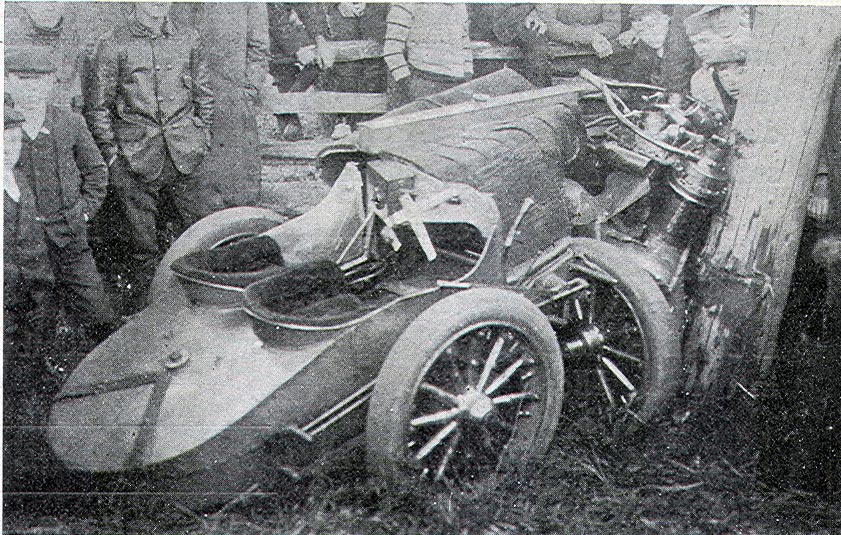




 RSS Feed
RSS Feed